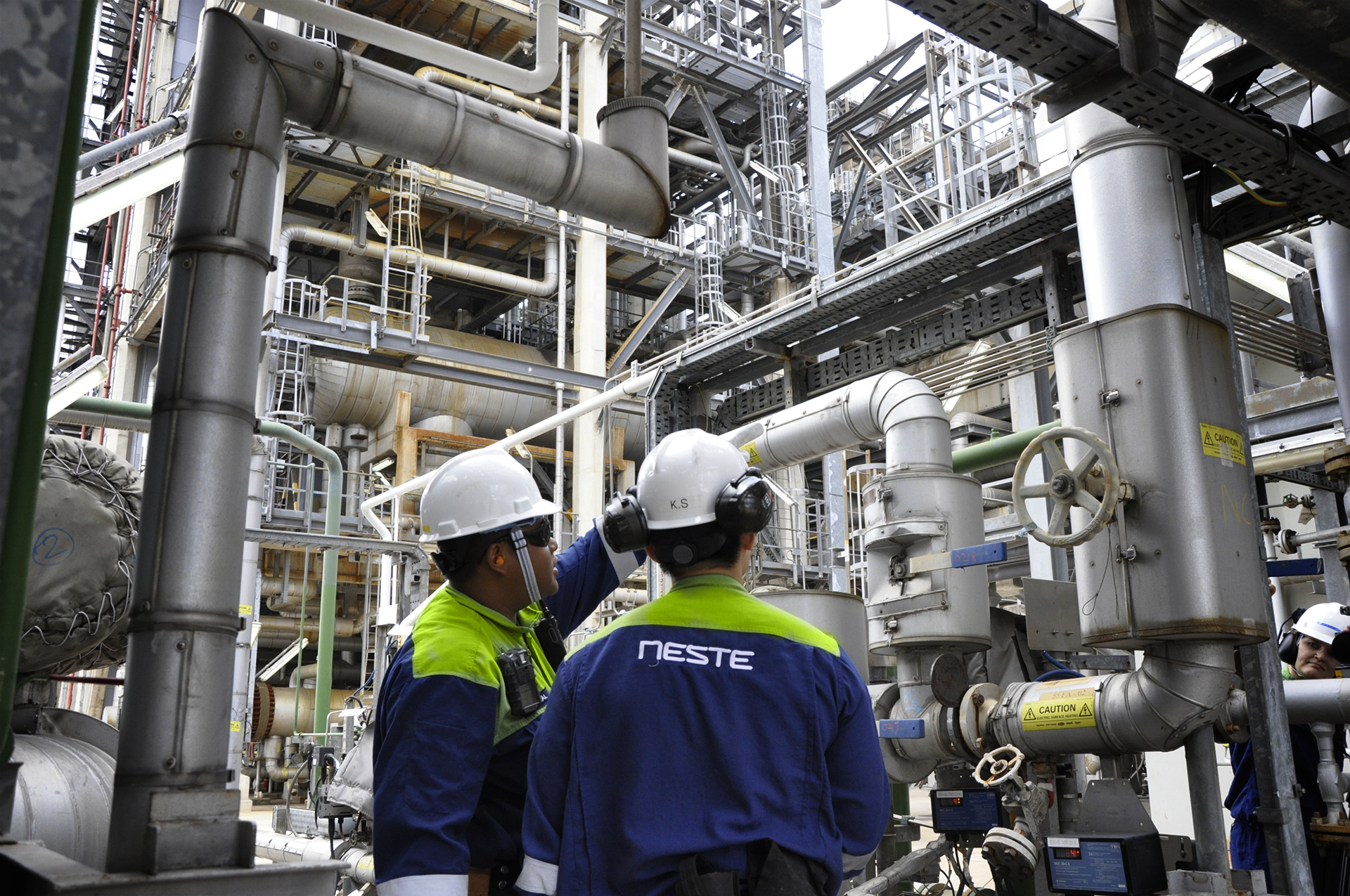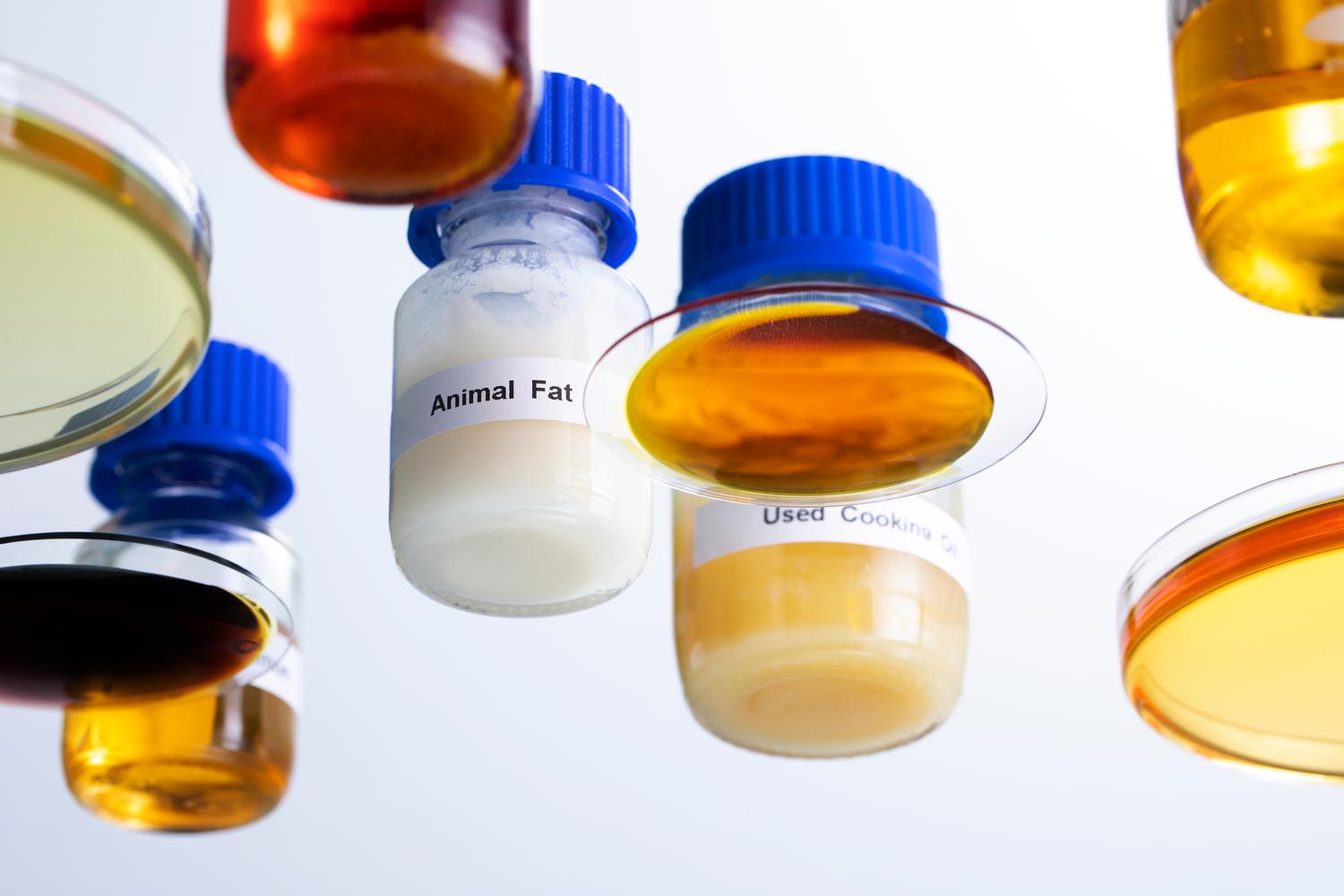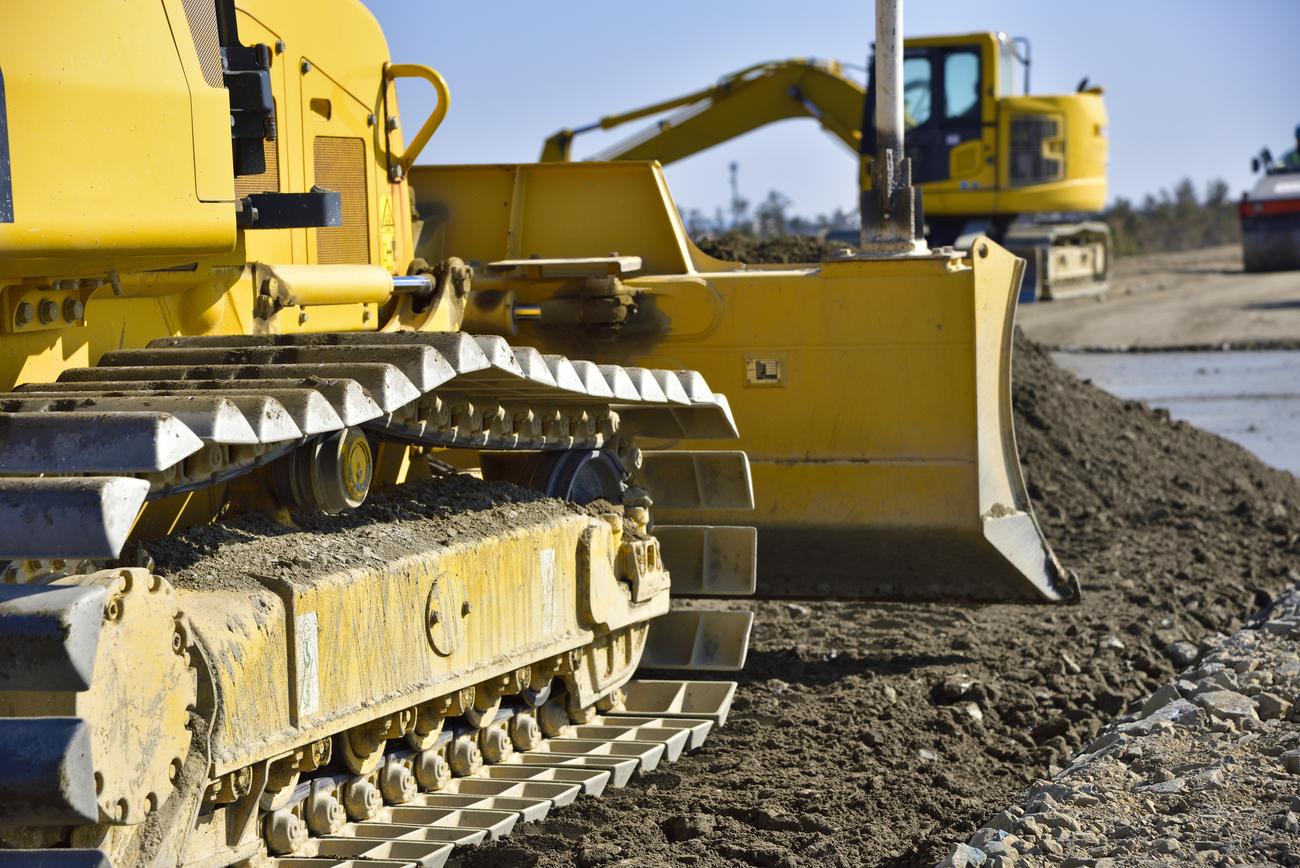
Renewable solutions
4 minute read
Fuels play an important role in achieving traffic climate goals
It is evident that the clock is ticking to mitigate climate change. Finland’s aim is to become carbon-neutral by 2035. This is a challenging goal that calls for extensive measures. Currently, approximately one fifth of all carbon dioxide emissions in Finland come from traffic, so it is an important sub-area in achieving the goals.
In terms of volumes, the biofuel distribution obligation is the biggest and quickest way to reduce emissions for Finland, and, with its 20% obligation, Finland is in fact a forerunner with regard to the objectives set by the EU.
"Biofuels are the most efficient and socially effective means of reducing emissions from road transport."
Even though Finland’s energy policy focuses on cutting down emissions by using a variety of means, debate concerning transportation and the power train of cars has ended up in a situation that concentrates on the confrontation between emission reduction technologies, such as renewable fuels, electricity and gas.
This is a wrong point of departure.
Throughout the history of modern transportation, we have become used to considering the combustion engine, fuels and fossil raw materials in an identical manner. However, this no longer holds true today. At Neste, bio-based waste and residue raw materials are already commonplace in fuel production. We devote some of our almost 50 million euro R&D budget to examining the broader utilization of waste and residue, as well as possibilities to utilize non-recyclable waste plastic, algae and hydrogen-based solutions in fuel production.
It is often forgotten in public debate about different power trains, which focuses on confrontation, that biofuels are already the most efficient and socio-economically the most affordable way of reducing road traffic emissions.
Liquid biofuels deliver cost-efficient GHG emission reductions in transport
Average cost to society (EUR) to reduce 1 ton of GHG emissions in 2030 passenger cars

Notes: Data shown here reflect the median of the cost range and refer to the situation in 2030. Oil price range of 70-113 USD/bbl and battery price 99€/kWh. Expected 2030 cost for alternative power trains. Includes required investments into infrastructure. EU average projected power mix (IEA). Fuel and energy prices without taxes.
Source: Neste, based on Roland Berger, Integrated Fuels and Vehicles Roadmap to 2030, 2016
The truthful comparison of different solutions is not ambiguous. When aspiring towards more climate-friendly solutions, all emissions during the vehicle’s life cycle must be taken into consideration from the manufacturing to the recycling.
Many of us may be surprised by the results of comparing the emissions of electric and diesel cars during their life-cycle, which is about 200,000 kilometers, based on different energy sources. An electric vehicle running with 100% wind power may easily sound like the best solution. However, when comparing life cycle emissions, a diesel car running with 100% renewable fuel is an even better alternative in view of emissions. Although a 100% renewable fuel may not always be a realistic alternative, higher application rates are also an efficient step in view of combating climate change.
Life cycle GHG emissions: Medium size car, BEV vs Diesel

Sources (data): Vehicle Production: Volkswagen (2018) Use Phase (WTW): JEC 4a WTW data for (2020+) End-of-Life: Ellingsen et al. (2016)
Biofuel distribution obligation will rise to 30% by 2030. For emission reductions, this is equal to replacing all cars with electric cars if the EU’s average is used as the level for greenhouse gas emissions from electricity production. In addition, if we also take into use tax incentives, as in Sweden, that allow exceeding the distribution obligation and in which case renewable fuel sold outside of the distribution obligation is exempt from tax, this would encourage a larger number of people with diesel cars to adopt a low-emission approach.
We must point out at the same time, however, that biofuels alone cannot address the climate challenge in road traffic, but we also need other means, such as electrification. Continuous comparisons and confrontations between different alternatives are one of the reasons why pursuing a sensible climate policy is so challenging. Discussion easily ends up in an emotionally colored confrontation between car owners concerned about climate and calling out for social justice, or those enthusiastic about electric cars and those interested in renewable fuels.
Let us return to the vastness of the original challenge, i.e. the climate crisis. None of the alternatives available will be sufficient alone, especially not according to the required schedule. Remaining to dream of or argue about a single solution would be a grave mistake. Yet the multitude of solutions gives reason for optimism. Science and technology have provided and will continue to provide us all with keys to finding the right solution.
The necessary technical breakthroughs already exist or are, at least, very close. All we have to do is to create an operating environment and culture that allow us to make optimum use of technologies to combat climate change.
Did you know we have Neste Engine Laboratory where we make sure our products work well in real-life conditions?
Credits: Teemu Sarjovaara, Head of R&D, Products & Applications, Neste





